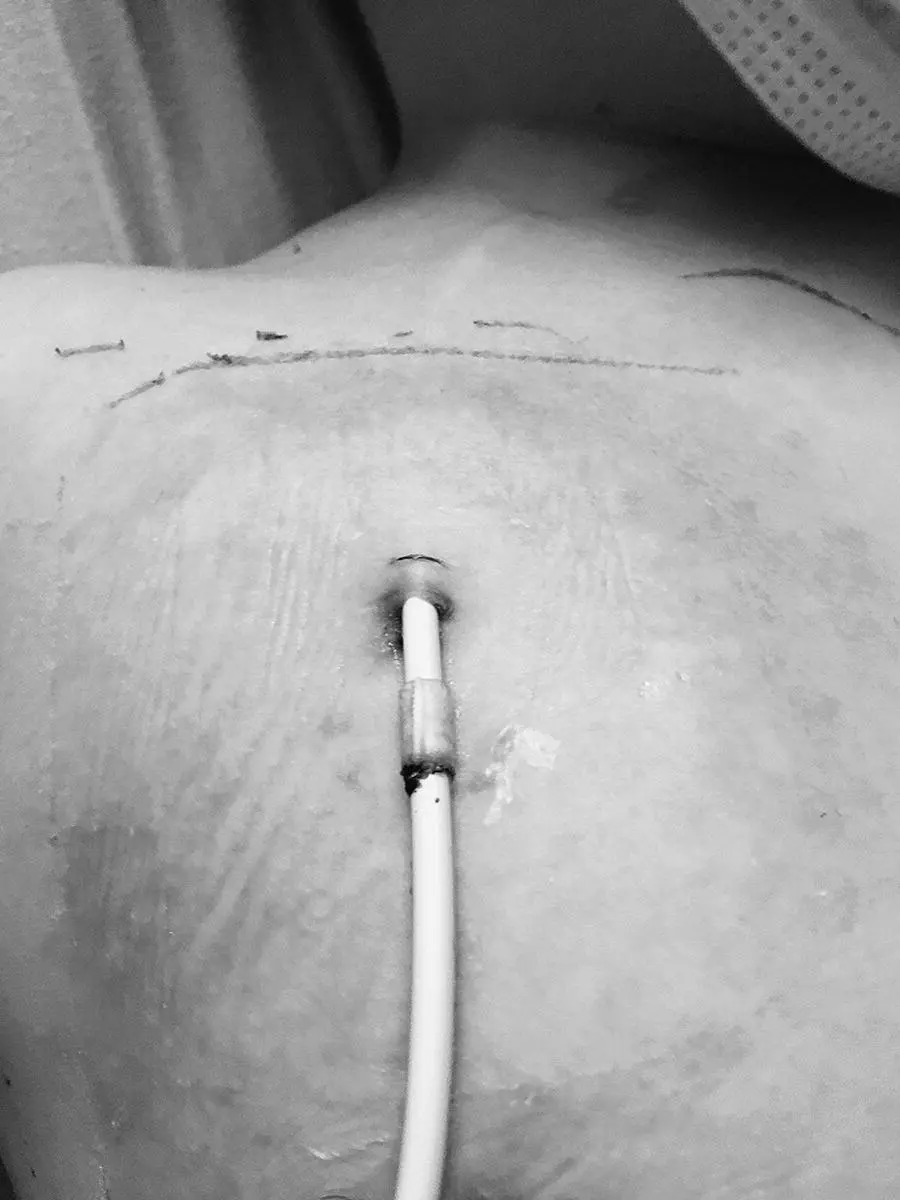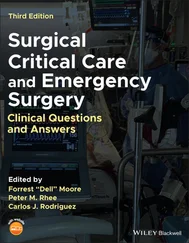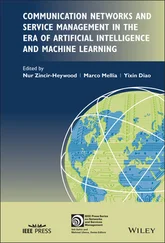
Figure 6.1 Photo of tunneled catheter in deidentified patient.
( Source: Photo credit Xenia Morgan.)

Figure 6.2 Photo of graft in situ.
( Source: Photo credit Kimberly Windt.)
Graft: This is a synthetic material that is surgically placed between an artery and a vein in the nondominant arm. It may be placed in a straight, looped, or curved configuration and is palpable under the skin. Gentle palpation will reveal a thrill. Maturation takes at least two weeks before it may be used ( Figure 6.2).
Fistula: This is a surgical connection of patient's native artery to native vein in nondominant arm. It will be palpable under the skin. Gentle palpation will reveal a thrill. Maturation takes one to four months.
Hemodialysis may be used to replace renal function in acute and chronic renal failure. Some of the elements of renal function that may be controlled include the removal of naturally occurring metabolic waste products, regulation of acid–base status and electrolyte balance, regulation of intra‐ and extra‐vascular volume, and removal of toxic materials (e.g. after toxic ingestion).
Management
Hemodialysis Catheters
Contact with the institution's or patient's renal and/or dialysis team is appropriate early during the patient's evaluation.
Like all forms of central access, these devices should be handled by individuals trained in appropriate infection control and following the existing protocols of the home institution.
Dressings vary by institution but may include a transparent dressing or one with a dry gauze component. Antiseptic and topical antibiotic use at exit site should conform to institutional policies.
Note that catheters are locked with anticoagulant (e.g. high‐dose heparin, altepase, and citrate), and this must be removed prior to blood draws or instillation of medications (e.g. antibiotics) through the catheter. If not otherwise instructed by dialysis team, typically the volume removed should be three times the volume of the lumen (listed on the clamp of the device).
Contact with the institution's or patient's renal and/or dialysis team is appropriate prior to access. In general, access should be avoided aside from dialysis procedure This site should not be used for blood draws, administration of medications, etc.
Avoid any other intravenous access or needle sticks in the extremity; avoid taking blood pressures or constricting clothing on the extremity.
Note that only gentle palpation of the site is appropriate; firm pressure may occlude blood flow.
Complications/Emergencies
Hemodialysis Catheters
Inability to draw blood from catheter: If the patient requires blood draw from the central access (e.g. in the setting of workup for fever) and clinician cannot draw from the lumen, contact the dialysis or renal team prior to attempting to flush. Recall that there is anticoagulant in the lumen which should not be flushed into patient without careful consideration. Conversation with renal or dialysis team will assist in planning appropriate approach.
Hole or break in catheter: This should be treated, as with all compromise of central access, as a potential bloodstream infection. Cultures should be drawn, and the access should not be used pending repair or replacement by interventional radiology. Note that lab draws may be inaccurate for up to four hours after a dialysis session.
Fever or evidence of exit site infection: Cultures should be drawn and antibiotics administered through both lumens of the catheter. Contact with renal and/or dialysis team will help direct therapy; in general, broad‐spectrum empiric antibiotic coverage is appropriate but review of prior culture data may further determine care. Note that lab draws may be inaccurate for up to four hours after a dialysis session.
Displacement or migration of catheter: Displaced or migrated (for example, cuff is now visible outside of skin (as in Figure 6.3) catheters require replacement by interventional radiology. X‐ray may help determine the positioning of the catheter. Conversation with renal and/or dialysis team can determine urgency and protocol. Recall that this is a form of central access, and care should be used to apply appropriate pressure to stop bleeding.

Figure 6.3 Photo of fistula in situ.
( Source: Photo credit Xenia Morgan.)
Decreased or absent thrill: Patients will typically be familiar with the location and quality of the thrill at their access site. They will have been instructed on assessing it daily. If a patient presents with concern for a decreased or absent thrill at their site, assessment by Doppler ultrasound and rapid communication with the renal and/or dialysis team is appropriate. Delay in treatment may lead to worse outcomes for the access site.
Swelling or discoloration surrounding access: This may indicate thrombosis or infection. Any evidence of discoloration, induration, swelling, pain, or warmth should be discussed with the renal and/or dialysis team. Peripheral cultures and Doppler ultrasound are often appropriate. Recall that lab draws may be inaccurate for up to four hours after a dialysis session.
All forms of hemodialysis access are best managed by, or in consultation with, a patient or institution's own renal or dialysis experts. Early communication with these teams will reduce complications and morbidity for these patients.
1 1 National Kidney Foundation (2001a). K/DOQI clinical practice guidelines for hemodialysis adequacy, 2000. Am. J. Kidney Dis. 37 (Suppl. 1): S7–S64.
2 2 National Kidney Foundation (2001b). NKF‐K/DOQI clinical practice guidelines for vascular access: update 2000. Am. J. Kidney Dis. 37 (Suppl. 1): S139–S140.
Конец ознакомительного фрагмента.
Текст предоставлен ООО «ЛитРес».
Прочитайте эту книгу целиком, купив полную легальную версию на ЛитРес.
Безопасно оплатить книгу можно банковской картой Visa, MasterCard, Maestro, со счета мобильного телефона, с платежного терминала, в салоне МТС или Связной, через PayPal, WebMoney, Яндекс.Деньги, QIWI Кошелек, бонусными картами или другим удобным Вам способом.















